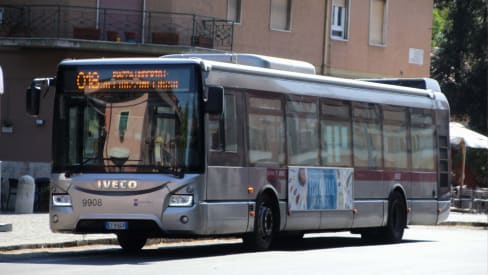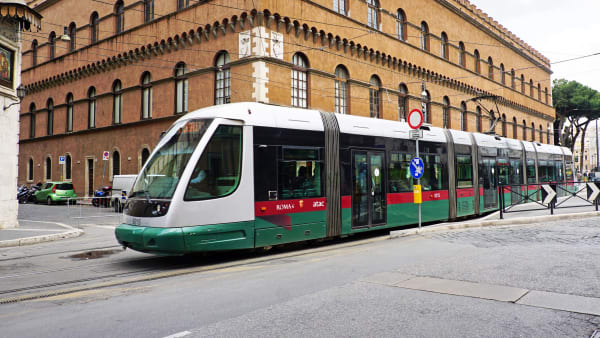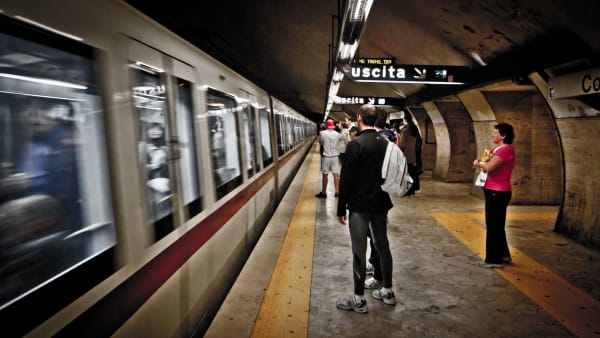Tickets and schedule
Tickets and schedule
Tickets and passes
The tickets sold by ATAC can be used to travel by city buses, trams, suburban trains, and the subway in Rome. A one-way ticket (BIT) costs €1.50 and allows you to make unlimited transfers to other methods of transportation in the city. The ticket is valid for 100 minutes after validation.
On the other hand, if you plan to make multiple trips during your stay, some of the passes may be convenient for you. You can check the details of all the available passes in our guide.
Please, note that it’s not possible to buy tickets or passes on board of public buses. You need to purchase them in advance at tobacco shops, kiosks, or ticket machines at metro stations. There’s also the possibility of buying tickets online with your phone, using one of the B+ apps from ATAC.
All ATAC tickets and passes can also be used for urban routes of regional COTRAL buses. For trips beyond the urban areas, it’s necessary to purchase a BIRG ticket or COTRAL ticket.
For detailed information on how to purchase your tickets, e.g. via B+ apps or using the Tap&Go system, check out our guide:
Tickets and passes for public transportation in RomeTraveling without a ticket
The driver won’t check if you have a valid ticket when you board. However, ticket inspectors get on the buses from time to time to inspect everyone’s tickets.
If you don’t have a valid ticket, you’ll get a fine of €100, plus the ticket price of €1.50 and administration costs of €3.40. If you pay the fine immediately, it’s halved.
Schedule
Most city bus lines start operating at 5:30 a.m., although some start driving an hour later, at 6:30 a.m. In the evening, the last buses usually leave the initial stops of each line at midnight.
The exact schedules for each line can be found on the information displays at each stop. However, no line (except for the “exact” ones) has pre-established schedules throughout the day, so you’ll simply have to wait for the next bus to arrive at the stop.
Consult waiting times
Some stops have electronic boards that show the estimated waiting times for busses. These estimations are calculated by a satellite control system, installed on most buses, and are usually quite accurate.
You can also check the waiting times on your smartphone, using the Roma Mobilità app or the Muoversi a Roma tool. Neither is available in English, but both have intuitive and easy-to-understand interfaces.
To look up details about the arrival of the next bus, you’ll need the identification code of your stop. It’s five digits long and can be found on the lower left side of the information display.
With these tools, it’s also possible to enter the line number to see where the buses are currently on the route.















